Located in the lush greenery of Chhattisgarh, the Barnawapara Wildlife Sanctuary is a haven for wildlife enthusiasts and nature lovers. Known for its rich biodiversity and tranquil landscapes, the sanctuary is home to a diverse variety of flora and fauna, including rare and endangered animals. Visitors can immerse themselves in the natural beauty of the sanctuary while engaging in a range of Barnawapara Wildlife Sanctuary activities that offer both relaxation and adventure, making it an ideal destination for a peaceful retreat.
Location
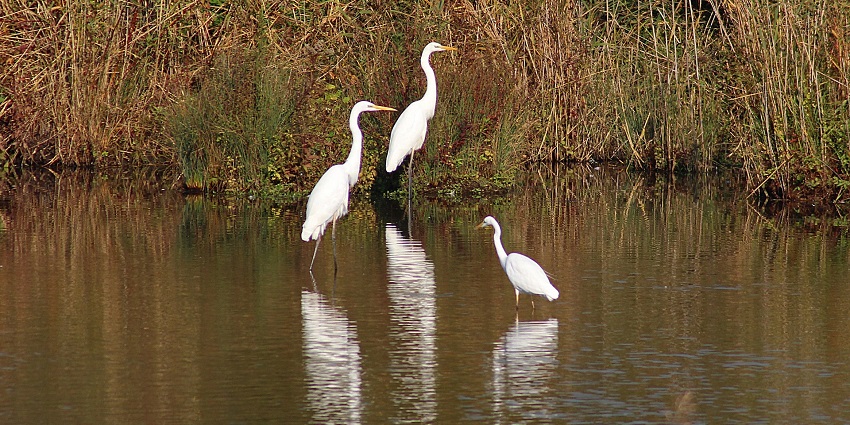
Photo: GuentherDillingen / Pixabay / Image For Representation Only
The Barnawapara Wildlife Sanctuary is located in the Mahasamund district of Chhattisgarh, approximately 100 kilometres from the state capital, Raipur. The sanctuary’s extensive forests and grasslands provide an excellent opportunity to explore its diverse wildlife and serene environment. The Barnawapara Wildlife Sanctuary address is well-marked, ensuring that visitors can easily find their way.
Suggested Read: Museums In Chhattisgarh
How To Reach
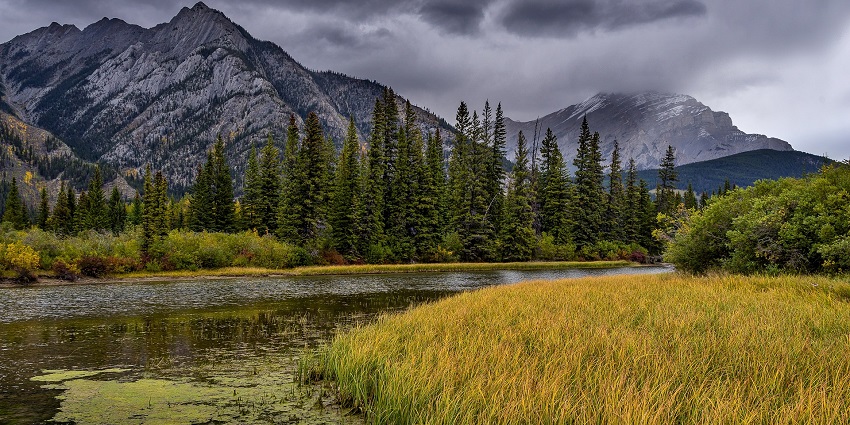
Photo: sonyuser / Pixabay / Image For Representation Only
By Rail: The nearest railway station to the sanctuary is Mahasamund Railway Station, located about 60 kilometres away. From there, you can hire a taxi or take a bus to reach the sanctuary.
By Road: The sanctuary is well-connected by road. Visitors can drive or take a bus from nearby cities like Raipur or Mahasamund to reach Barnawapara Wildlife Sanctuary.
By Air: The closest airport is Swami Vivekananda Airport in Raipur, approximately 85 kilometres from the sanctuary. From the airport, you can hire a taxi or take a bus to arrive at Barnawapara Wildlife Sanctuary.
Places To Visit Near Barnawapara Wildlife Sanctuary
1. Sirpur Archaeological Site
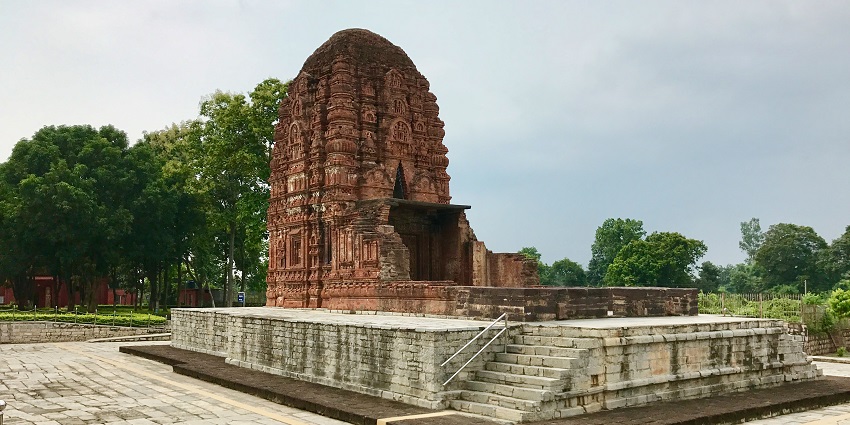
Photo: Ms Sarah Welch / Wikimedia Commons
Located near Barnawapara Wildlife Sanctuary, Sirpur is an ancient town steeped in historical significance and boasting remarkably well-preserved archaeological ruins. With its abundance of historical sites and architectural marvels, Sirpur stands as a testament to the ingenuity and cultural richness of past civilizations, making it a fascinating destination for history enthusiasts, archaeology buffs, and curious travellers alike.
Entry Fee: None
Best Time To Visit: October to March
Suggested Read: Water Parks In Raipur To Make Splashing Memories
2. Rajim Temples
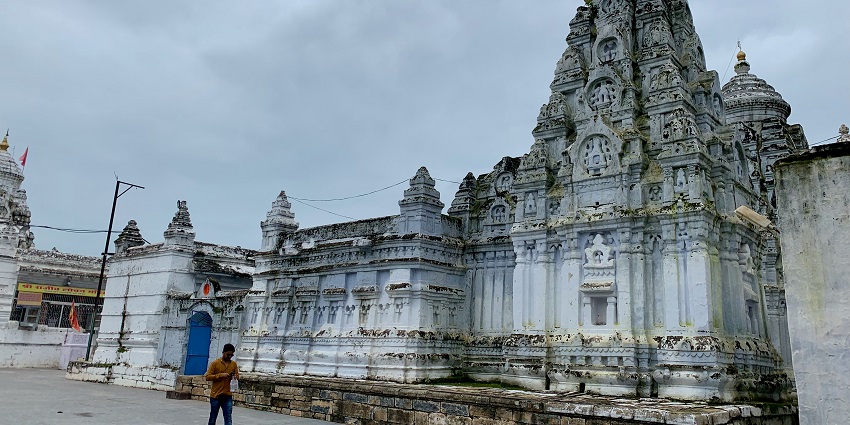
Photo: Ms Sarah Welch / Wikimedia Commons
Renowned for its magnificent collection of temples, Rajim is situated near Barnawapara Wildlife Sanctuary. This sacred destination, often hailed as the “Prayag of Chhattisgarh,” holds immense spiritual significance and has become a sought-after pilgrimage site. The harmonious blend of spiritual energy and architectural grandeur makes Rajim a truly mesmerising destination, offering a unique glimpse into Chhattisgarh’s religious and cultural tapestry.
Entry Fee: None
Best Time To Visit: November to February
3. Turturiya Springs
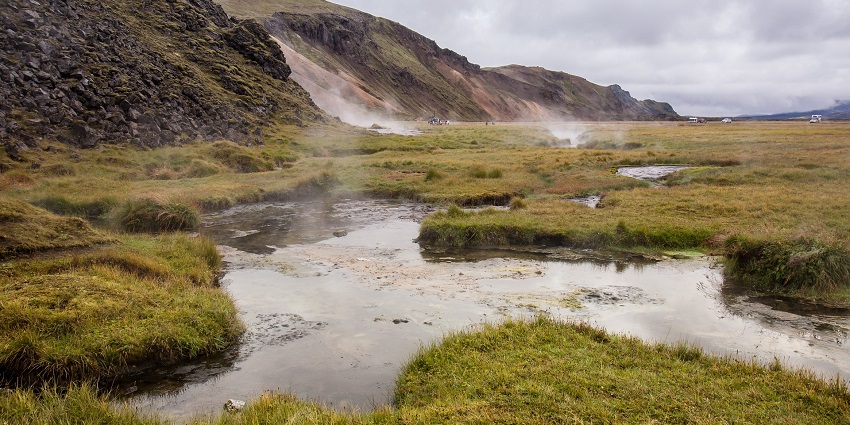
Photo: mystraysoul / Pixabay / Image For Representation Only
Located in a serene forested area near Barnawapara Wildlife Sanctuary, Turturiya Springs is a hidden gem known for its natural beauty and ancient significance. The site is home to natural springs surrounded by lush greenery, creating a peaceful and rejuvenating atmosphere. Additionally, the area holds historical importance with ancient temples and Buddhist stupas, offering visitors a blend of nature and history.
Entry Fee: None
Best Time To Visit: October to February
Suggested Read: Caves In Chhattisgarh
Things To Do In Barnawapara Wildlife Sanctuary
Visitors to the Barnawapara Wildlife Sanctuary can enjoy a variety of activities that offer a unique experience of this natural wonder:
1. Village Tours
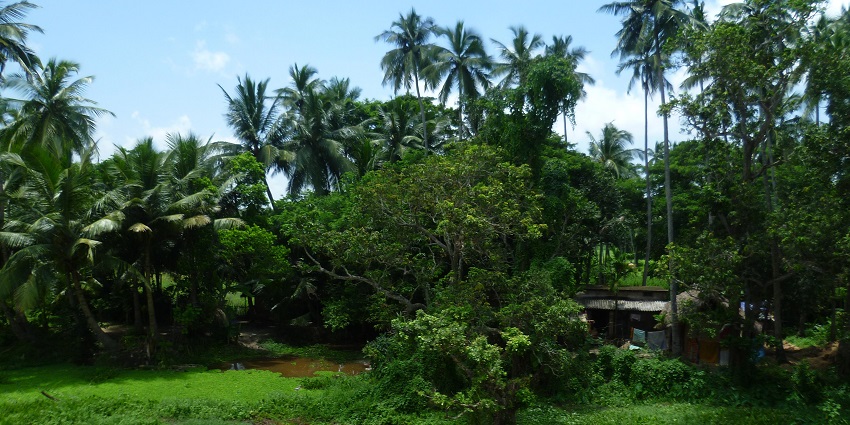
Photo: Radosław Botev / Wikimedia Commons / Image For Representation Only
Delve into the rich tapestry of local culture and age-old traditions by taking a journey to the nearby tribal villages. These immersive tours provide a rare opportunity to catch a glimpse into the everyday lives of the Indigenous communities, highlighting their distinctive crafts, ceremonial rituals, and daily activities.
2. Camping
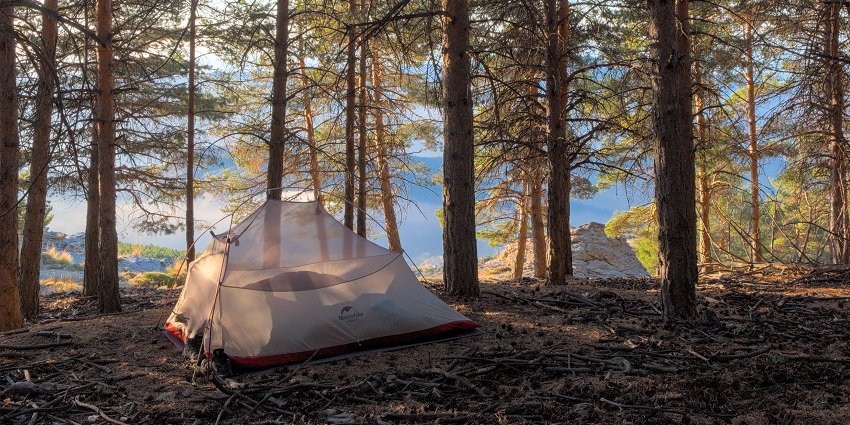
Photo: Trougnouf (Benoit Brummer) / Wikimedia Commons
Go on an amazing adventure by camping overnight under the stars in the sanctuary’s designated areas. This deeply immersive experience provides a unique opportunity to connect profoundly with nature. You will be enveloped by the ambient symphony of the forest, accompanied by the occasional, mysterious calls of nocturnal wildlife echoing through the night.
Suggested Read: Indravati National Park
Where To Eat

Photo: Subhransu / Wikimedia Commons
Dining options near Barnawapara Wildlife Sanctuary are limited, but you can find a few local eateries and accommodations that offer meals in nearby towns. These establishments provide a taste of traditional Chhattisgarhi cuisine, allowing visitors to experience local flavours. Some of the most common restaurants include Mowgli Resort, which is located close to the sanctuary. Another popular choice is Highway Dhaba, a roadside eatery known for its authentic Chhattisgarhi cuisine, providing a casual atmosphere to savour traditional dishes.
Where To Stay
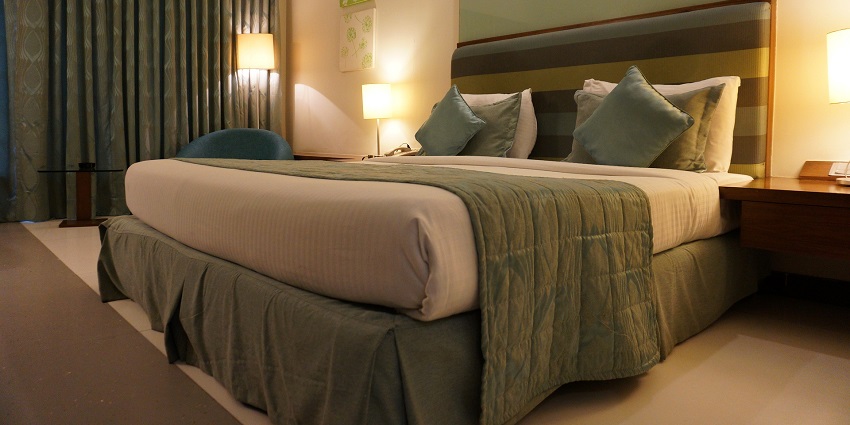
Photo: bottlein / Pixabay / Image For Representation Only
Accommodation near Barnawapara Wildlife Sanctuary is primarily available in nearby towns, offering a range of options from budget to mid-range. Some of the most common choices include the Forest Rest House in Barnawapara, which provides basic amenities and a convenient location close to the sanctuary, making it ideal for nature enthusiasts. Another option is Mahasamund Lodge, offering a comfortable stay with essential services, suitable for both families and solo travellers.
Suggested Read: Mahant Ghasidas Memorial Museum
Other Factors To Consider
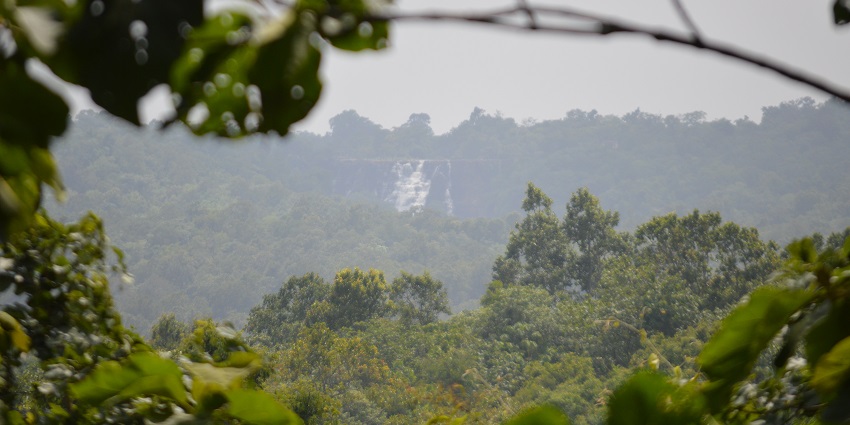
Photo: Harminder singh saini / Wikimedia Commons / Image For Representation Only
Average Cost Of The Trip
For accommodation around, ₹1500 to ₹ 5000 per night, depending on the type of accommodation (guesthouses to resorts). Food may cost around ₹ 500 to ₹ 1500 per day, depending on dining preferences. For entry fees and safari charges, ₹ 500 to ₹ 1500, including the Barnawapara Wildlife Sanctuary ticket price and additional safari costs.
Tips For Travellers
- Check the Barnawapara Wildlife Sanctuary timing before planning your visit.
- Carry sufficient water, snacks, and sun protection.
- Wear comfortable clothing and sturdy footwear.
- Respect wildlife and the natural environment; avoid littering.
- Keep the Barnawapara Wildlife Sanctuary Contact Number handy for any inquiries or emergencies.
The Barnawapara Wildlife Sanctuary is a captivating destination in Chhattisgarh, offering a serene escape into nature. With its diverse wildlife, stunning landscapes, and various Barnawapara Wildlife Sanctuary activities, it promises a memorable experience. Be sure to explore the beautiful Barnawapara Wildlife Sanctuary photos, plan your visit, and fully immerse yourself in the natural beauty of Chhattisgarh. Plan your trip with Trip XL and explore this unique destination with ease!
Cover Photo: schauhi / Wikimedia Commons


 WhatsApp
WhatsApp
 Twitter
Twitter









